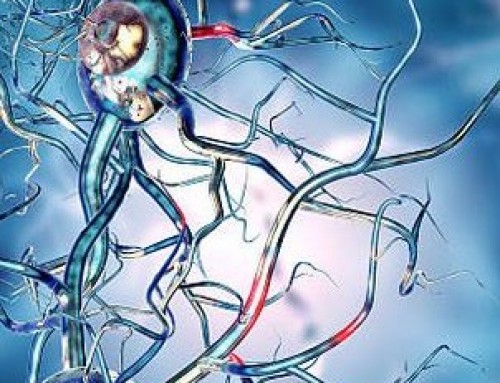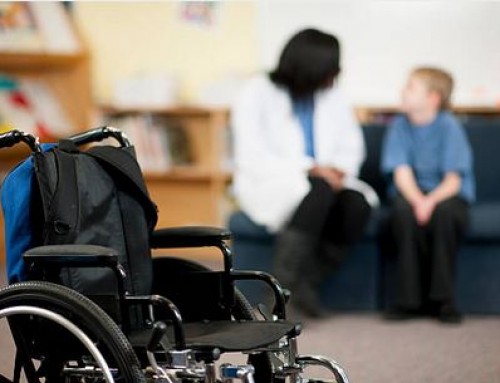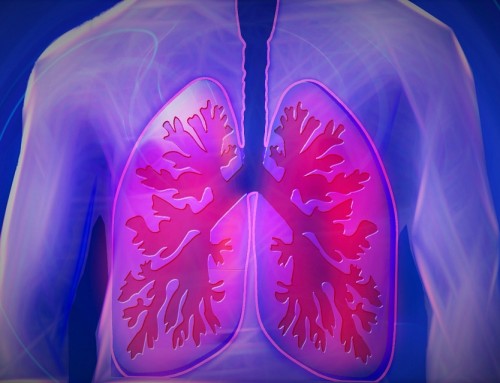Stem cells treatments are approaching a more routine form of therapy thanks to researchers evaluating bioluminescent techniques in Sydney Australia.
 The Aussie research team along with the Heart Research Institute in Sydney has devised an innovative solution to a common problem with using stem cells. Researchers have long struggled with measuring the extent to which transplanted cells are properly migrating to the area where they are needed. Bioluminescent stem cells may be their answer.
The Aussie research team along with the Heart Research Institute in Sydney has devised an innovative solution to a common problem with using stem cells. Researchers have long struggled with measuring the extent to which transplanted cells are properly migrating to the area where they are needed. Bioluminescent stem cells may be their answer.
Researchers have devised a means in which they have been able to make transplanted stem cells glow which makes their movement much easier to monitor.
This study was led by Richard Tan from the Heart Research Institute.
We’ve developed a tool that allows us to quickly establish whether tissue regeneration to save damaged hearts, brains, lungs and other organs, is actually working. This will be great news for all the scientists working to harness the tissue regenerative powers of stem cells, which are highly sought-after in many fields of medicine. – Richard Tan
Stem Cells Driving Regenerative Medicine
Stem cells are the body’s most versatile resources capable of differentiating into all the various tissues, organs, and structures. In some cases, cells can be gathered directly from patients. Another very common source of these powerful cells is from umbilical cord blood and cord tissue upon the birth of a baby. Those cells are then cryogenically preserved for future applications.
Next Steps
Tan and his team are next going to focus their research efforts into tackling techniques that improve the rate at which those transplanted cells graft to damaged tissue.
This research was published in the February edition of Acta Biomaterialia. The team also recognizes that this study is not intended to be a panacea for stem cell treatments; but rather it provides the pioneering steps capable of making future stem cell applications more effective.
References:
Richard P. Tana, Bob S.L. Leea, Alex H.P. Chana, Sui Ching G. Yuena, Juichien Hunga, Steven G. Wisea, ,Martin K.C. Ng, Non-invasive tracking of injected bone marrow mononuclear cells to injury and implanted biomaterials, http://dx.doi.org/10.1016/j.actbio.2017.02.002





